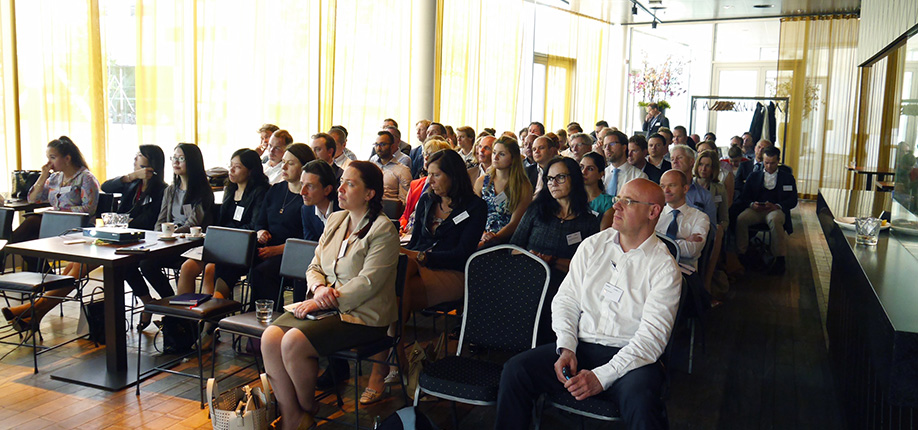
On May 23, 2017, the ACAMS Netherlands Chapter, in partnership with Deloitte, hosted a seminar on transaction monitoring.
Considering all the discussions around the DNB guidance document on transaction monitoring, the event hit a record of 90 participants!
Here are some of the highlights and key takeaways of the event.
Maarten Ligthart from DNB
Maarten Ligthart kicked off the event with a basic question: What is transaction monitoring all about? There are a lot of misunderstandings about the definition of transaction monitoring, but in the end it comes down to continued monitoring (post event) and the interaction between the client and the transaction risk profile. After discussing the legal framework, Ligthart continued with the approach and main results of the DNB thematic review. The need to ensure that the outcomes of the systematic integrity risk analysis (SIRA) are translated into transaction monitoring policies and procedures was explained. Furthermore, it was stated that adequate transaction monitoring processes requires adequate governance, which is something that a lot of banks struggle with. After a detailed explanation of the maturity model that was used, the main outcome of the review was discussed. After sharing some practices and some insights into the setting of business principles, the final topic on the approach going forward, which covered next steps with regard to the then-upcoming guidance, was discussed. The final version of the guidance was published on August 31, 2017.

Richard Bakkers and Martin van Tienhoven from Deloitte
As an introduction, Richard Bakkers explained where transaction monitoring is positioned within the overall control framework. After briefly touching on the changing regulatory expectations, some attributes of a robust monitoring program and some common pitfalls were shared. A generic pitfall that was again mentioned was the alignment with SIRA. The next part of the presentation was on designing and managing a transaction monitoring program. The important connection between SIRA and the transaction monitoring scenario management and ultimately the final transaction monitoring operations, including alert handling, were discussed in detail.
The presentation continued with further insights into backtesting and trend analysis. As indicated by Martin van Tienhoven, to obtain and maintain an effective and efficient monitoring solution, a continuous evaluation is required. The tools used to perform this analysis are collectively called “backtesting.” During backtesting, the effectiveness and efficiency of scenarios are assessed. In parallel, trend analyses are performed to assess the effectiveness of the transaction monitoring program at a higher level. Trend analyses use both internal alert information, as well as external information, such as feedback from the financial intelligence unit.
The final part of the presentation covered the following key takeaways:
- Aligning your transaction monitoring to your SIRA to spend resources where needed
- Technology is improving rapidly, use it to your advantage
- Be smart! Use backtesting as a data-driven approach to decrease false positives, while maintaining true positives
Mark Hanhart from ABN AMRO Bank
After a short introduction that covered the main reasons for having the desire to improve within the transaction monitoring area, Mark Hanhart very openly shared the basic details of the Connecting the Chain (CtC) project within ABN. Starting with the change in standards, Hanhart quickly connected this with a detailed explanation of improvements through CtC. One of the main improvements concerned the refined risk-based approach and alignment of monitoring design with SIRA, as well as first and second line monitoring processes. For some, the most interesting part of the presentation was the part that covered advanced analytics.
Feedback from the audience after the seminar has been very positive overall and the ACAMS Netherlands Chapter is grateful to the speakers, the sponsor Deloitte and participants, for a highly informative seminar.










